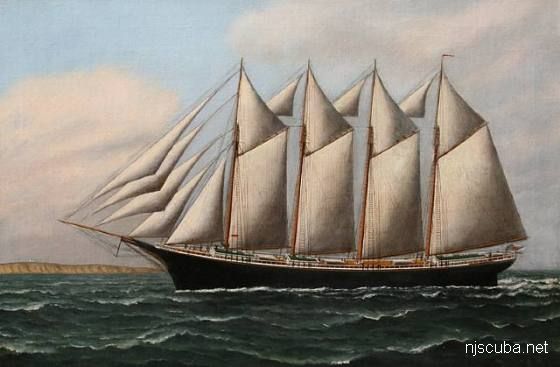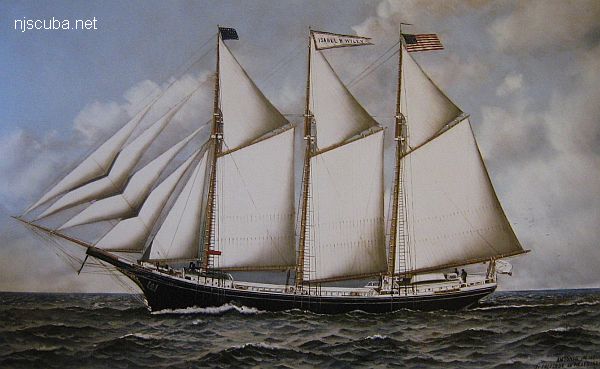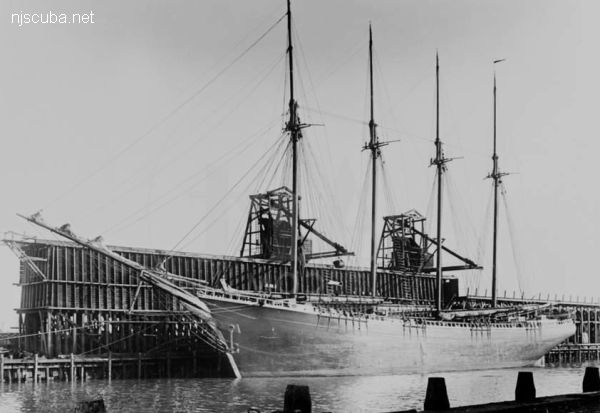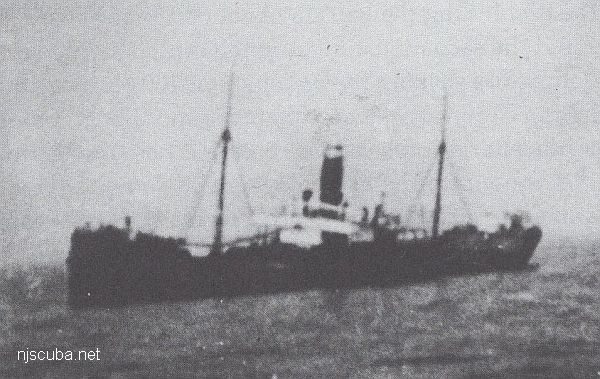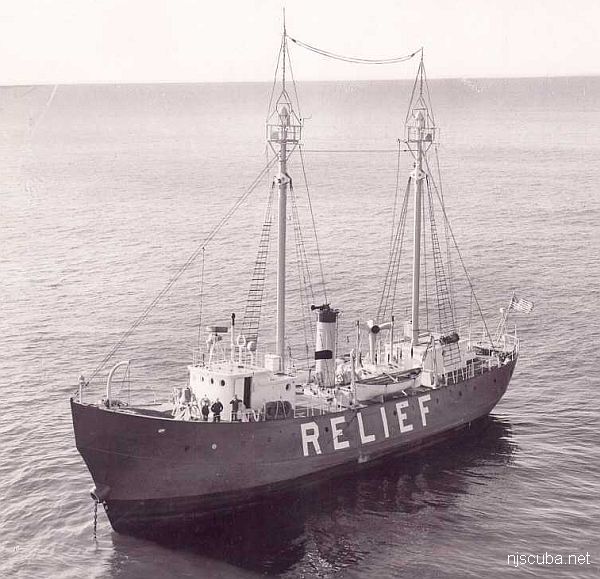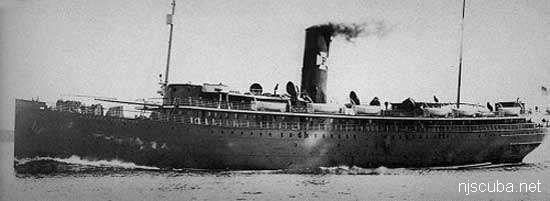
- Type:
- shipwreck, liner, USA
- Built:
- 1896, Newport News Shipbuilding, Newport News VA USA, as La Grande Duchesse
- Specs:
- ( 380 x 47 ft ) 5017 gross tons, 330 passengers & crew
- Sunk:
- Sunday June 2, 1918
shelled by U-151 - 13 casualties - Depth:
- 250 ft
More: Carolina ...

